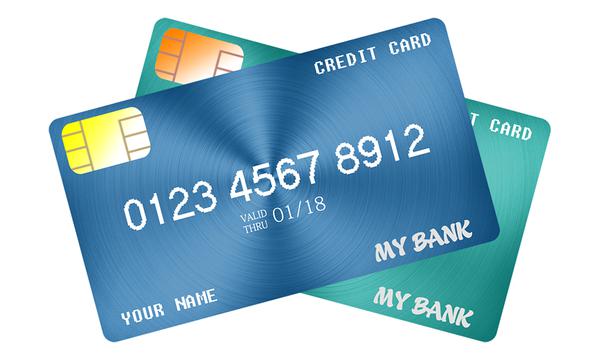Things to know about dormant accounts

To prevent fraudulent transactions many banks in India stop issuing debit cards for dormant accounts.
In this context, there are certain important things to know about dormant accounts:
- If your account is in the inoperative state for more than a year, it is considered an inactive account.
- If it is inoperative for more than two years, then it is treated as a dormant account.
- If you do not perform any transactions in your account for more than a year, then banks will reclassify your accounts as inactive and thereafter dormant to avoid the risk of frauds.
- However, banks must inform at least three months in advance to the customers before reclassifying.
- There are certain exemptions to the norms. If you have any term deposit with the bank, then the interest is credited to your bank account. Hence, even though there are no other credits or debits in your account, it will remain operative.
- Similarly, any ECS credits like dividends or debits like payment of utility bills keep your account active. Customers who have two accounts can have the option of debiting from an account with simultaneous credit to another account. Thus, both of these can be kept operative.
- Inactive and dormant accounts have several restrictions on ATM transactions, net banking, cheque book facility etc. Banks do not allow their customers to perform such transactions. Dormant account holders would not be allowed to change their address and contact details.
- These restrictions may vary from bank to bank. However, you can earn interest in your savings bank account or current account even though it is dormant. Banks will credit the interest to your bank account from time to time.
- You can reactivate your inactive account with a deposit or withdrawal. You have to submit a request letter to the bank for the dormant account to make it operative.
- As per the norms of the RBI, you have to pay some service charge to the bank. However, banks are only allowed to charge a reasonable amount from the customers. There is no penalty. However, customers will have to pay the charges if they do not maintain a minimum balance.
- To avoid this, try to do at least one transaction of deposit or withdrawal in a year. If you do not need this account, close it.
(Free for commercial use)
Image Reference: https://pixabay.com/illustrations/card-credit-card-debit-card-bank-3212764/










Leave a Reply